How did Emperor Hadrian’s vengeance led to modern Palestine
The reign of Emperor Hadrian has marked a tumultuous period in the history of Rome's relationship with its Jewish subjects.
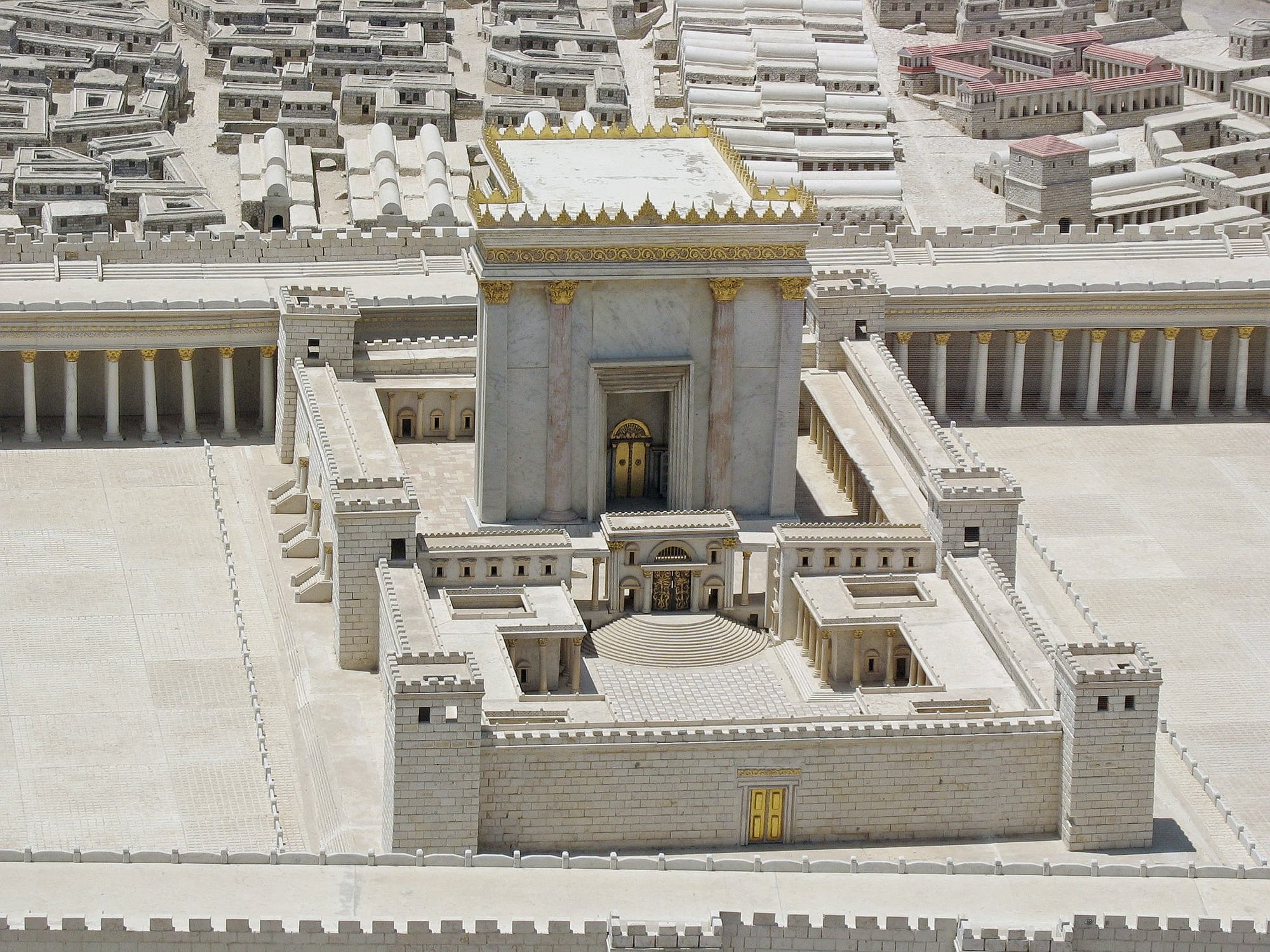
Emperor Hadrian, who ruled from 117 to 138 AD, is a figure of significant historical importance due to his extensive contributions to Roman architecture, culture, and the empire's military fortifications. However, his reign also marked a tumultuous period in the history of Rome's relationship with its Jewish subjects, culminating in the Bar Kokhba Revolt and the subsequent renaming of Judea to Syria Palaestina.
Hadrian's Reign and Policies
Hadrian is best known for his efforts to consolidate and fortify the boundaries of the Roman Empire, as well as his architectural projects such as Hadrian's Wall in Britannia. A patron of the arts and a lover of Greek culture, his policies were generally aimed at unifying and enriching the empire. However, his administration also implemented measures that deeply affected the Jewish population.
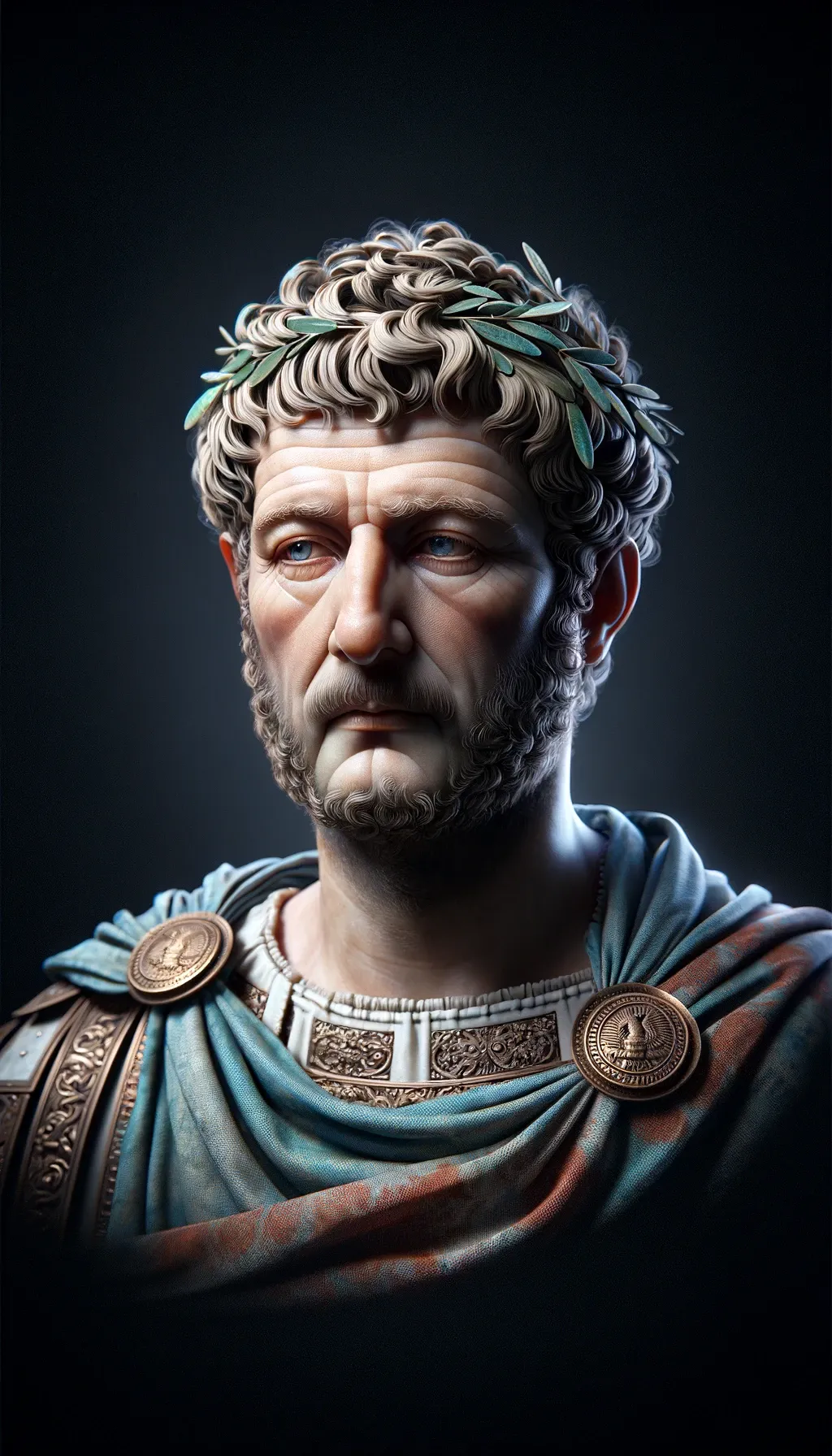
The Bar Kokhba Revolt
The most defining event of Hadrian's relationship with his Jewish subjects was the Bar Kokhba Revolt (132-136 AD), a major Jewish uprising against Roman rule. Triggered by religious and political tensions, including bans on certain Jewish practices and the establishment of a Roman colony in Jerusalem, the revolt was a desperate bid for independence.
This remarkable narrative unfolds around a fierce contest for dominion between two determined leaders. On one side stood Hadrian, the emperor presiding over the Roman Empire at its peak, whom some considered a deity. He remains widely recognized for constructing the renowned wall across northern Britain.
Opposing him was Shim’on, a pious Jewish military commander from a relatively insignificant province's district. After the Jewish sage Rabbi Akiba purportedly witnessed him fulfilling a biblical prophecy, some came to view him as the 'King Messiah,' bestowing upon him the name 'Bar Kokhba,' translating to 'Son of a Star.'
The primary and most immediate causes for the revolt often relate to how the Romans dealt with Jerusalem and the remnants of the Second Temple. Following the devastation of Jerusalem and the Temple during the First Roman-Jewish War (66-73 CE), the Romans initiated the construction of a new pagan city, Aelia Capitolina, over the ruins. Moreover, they started building a new temple on the Temple Mount.
According to some accounts, the Jews had been promised a new temple and felt deceived upon learning it would be dedicated to Jupiter, not Yahweh. The situation escalated in 131 CE when Tineius Rufus conducted a ceremonial foundation ritual by plowing the city's boundaries, an act perceived by many Jews as a severe religious violation. This act, known as the "Plowing of the Temple," was seen as unforgivable.
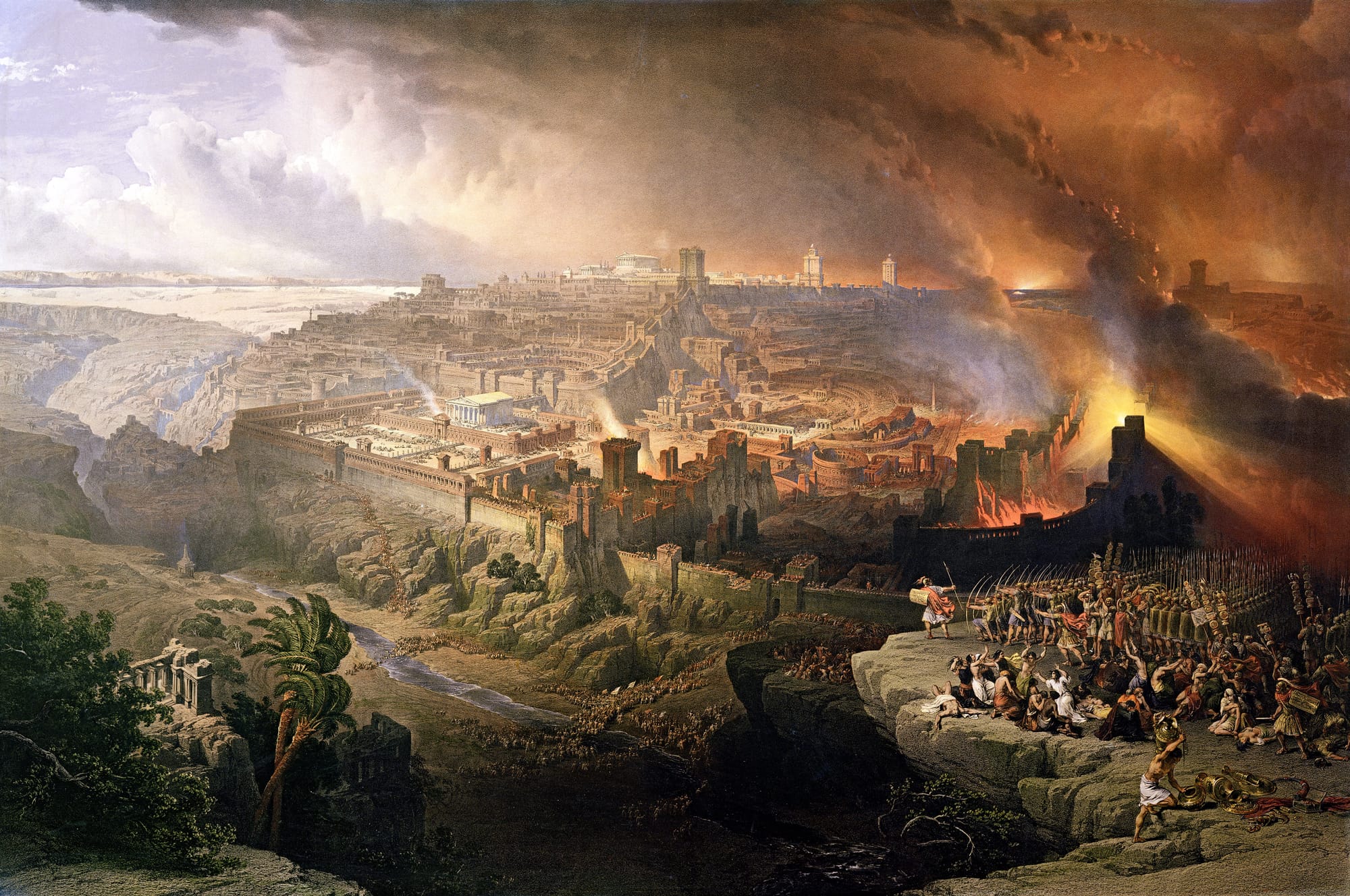
In AD 132, tensions escalated into full-blown conflict across the Judean Hills and Shephelah, marking the onset of the 'Second Jewish War' (AD 132-136). Throughout this period, the determined Jewish guerrillas challenged the renowned prowess of the Roman military, managing to maintain resistance for over three years using guerrilla tactics, including warfare from underground tunnels.
Remarkably, the rebels succeeded in forming a provisional state, with Shim’on at the helm as president, even going as far as to issue their currency by repurposing Roman coins with Jewish symbols. This new entity was boldly named Israel by Shim’on.
Documents discovered in the Judaean Desert caves during the 1950s and 1960s, including letters from Shim’on to his military leaders, illuminate his hands-on leadership style and his growing exasperation with their lack of diligence.
In the aftermath of the revolt, Hadrian took the drastic step of renaming Judea to Syria Palaestina in an attempt to diminish Jewish ties to the region. This move, seen by many as an effort to erase Jewish identity from the historical record of the area, has been a point of contention in understanding Hadrian's legacy.
Impact on Jewish Life and Legacy
Hadrian's policies had a profound impact on Jewish life and the development of Judaism. The suppression of the revolt led to significant loss of life, displacement, and a shift in the center of Jewish religious and cultural life from Judea to the Galilee and the Diaspora. The renaming of the province symbolized a break with the past and had long-lasting implications for the identity of the region.
Emperor Hadrian's reign was marked by significant achievements in architecture, culture, and military fortifications. However, his relationship with his Jewish subjects is remembered for the conflicts that arose from his policies. The Bar Kokhba Revolt and the renaming of Judea to Syria Palaestina were pivotal events that reshaped the region's history and left a complex legacy regarding Hadrian's rule.

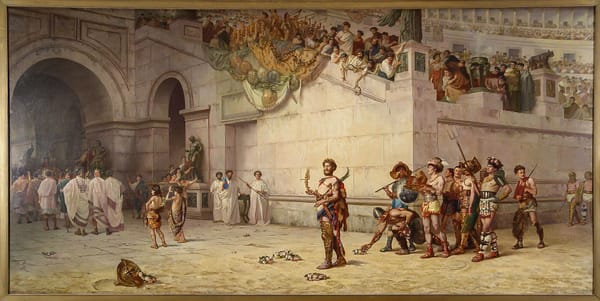
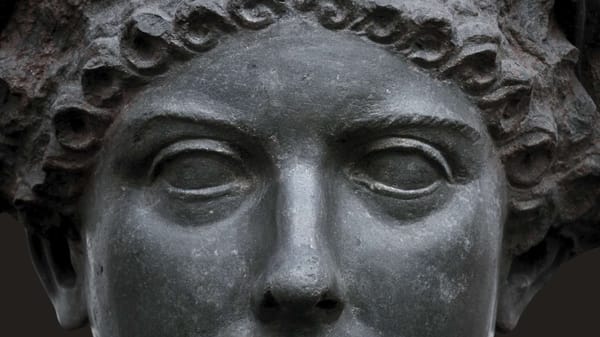

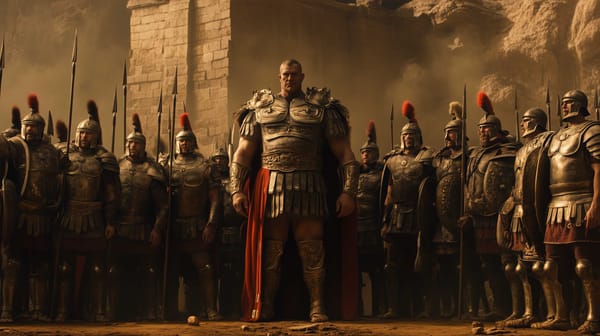

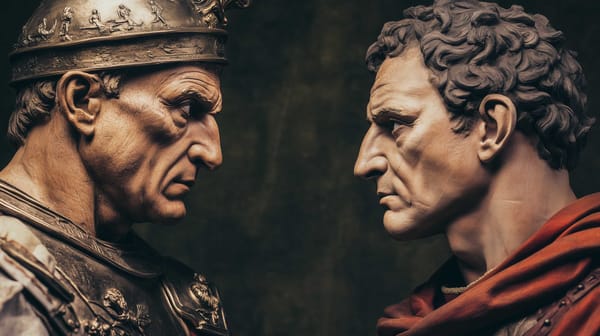
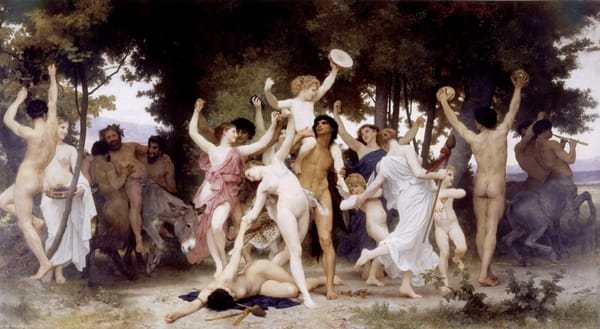
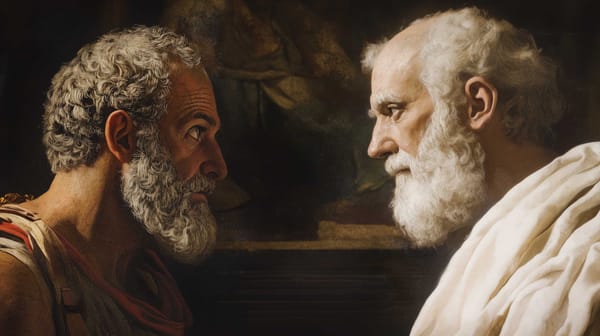
About the Roman Empire Times
See all the latest news for the Roman Empire, ancient Roman historical facts, anecdotes from Roman Times and stories from the Empire at romanempiretimes.com. Contact our newsroom to report an update or send your story, photos and videos. Follow RET on Google News, Flipboard and subscribe here to our daily email.
Follow the Roman Empire Times on social media: